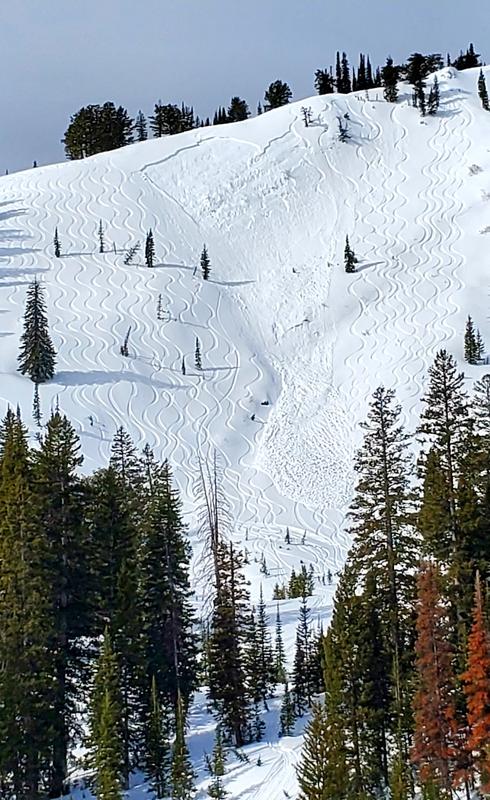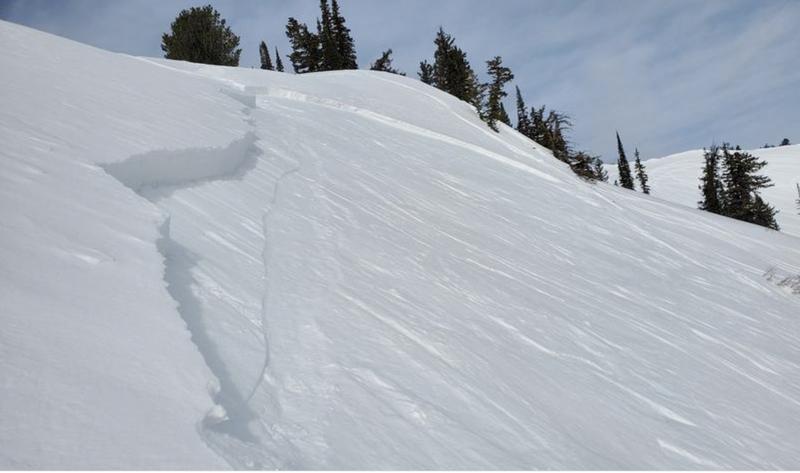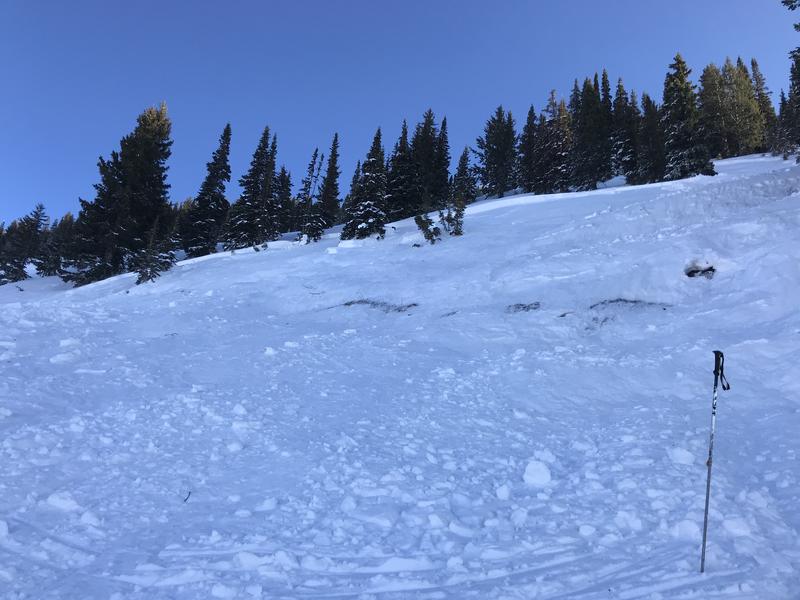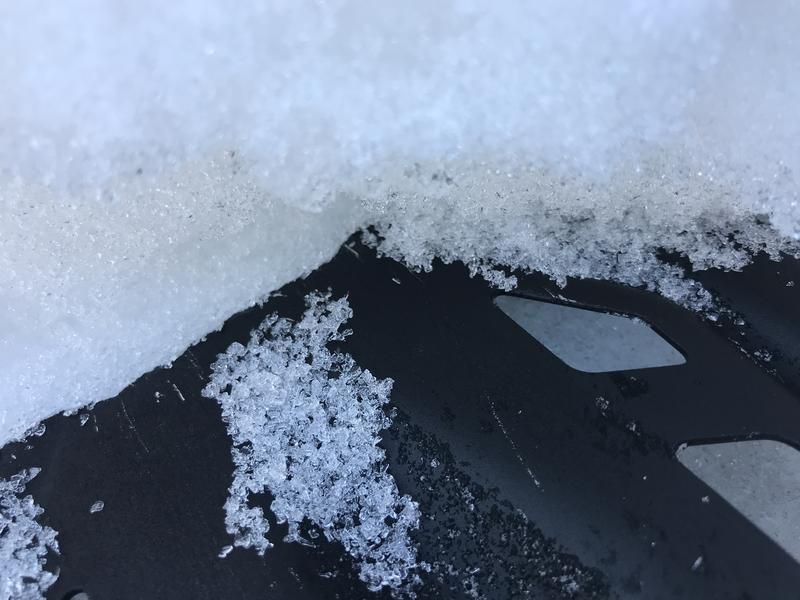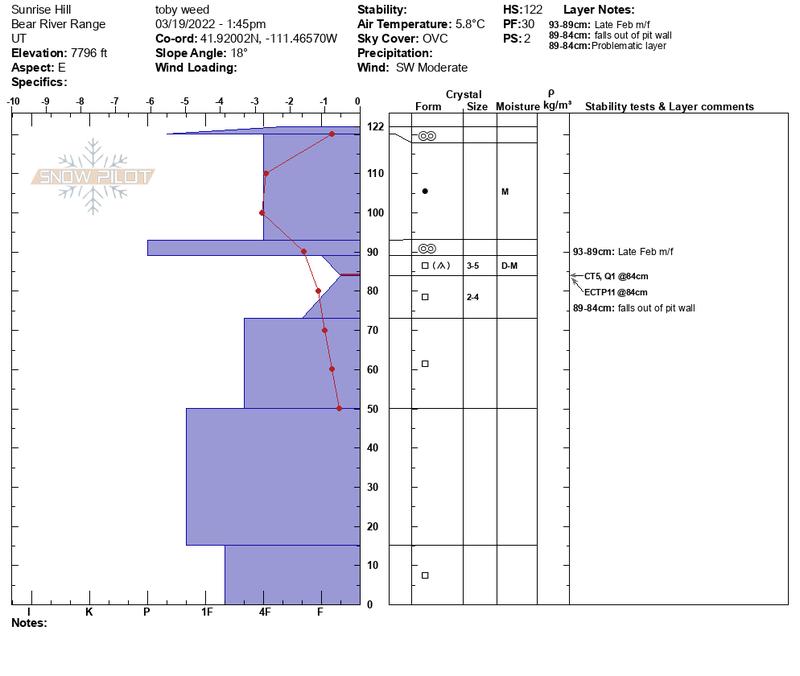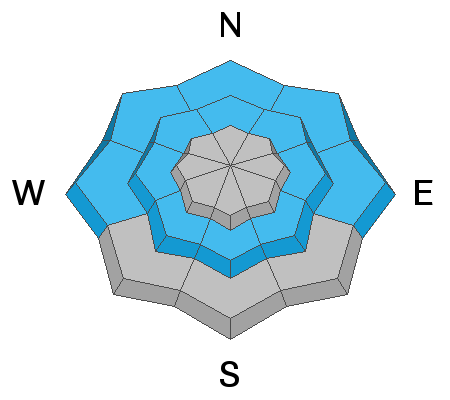Forecast for the Logan Area Mountains

Issued by Toby Weed on
Sunday morning, March 20, 2022
Sunday morning, March 20, 2022
Periods of heavy snow and drifting will cause rising avalanche danger in the backcountry today. Areas with dangerous conditions and CONSIDERABLE danger exist on northerly facing upper and mid elevation slopes. On slopes with poor snow structure and unstable snow steeper than 30°, people could trigger dangerous slab avalanches, up to two feet deep and a couple hundred feet wide, failing on a buried persistent weak layer of faceted snow. Rain may fall on the snow at lower elevations, and small loose wet avalanches are possible on steep slopes.
*Careful snowpack evaluation, cautious route-finding, and conservative decision making are essential for safe backcountry travel.
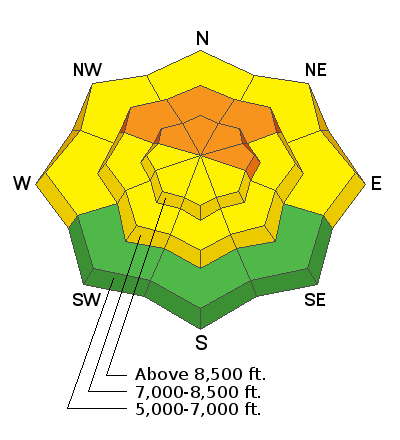
Low
Moderate
Considerable
High
Extreme
Learn how to read the forecast here


